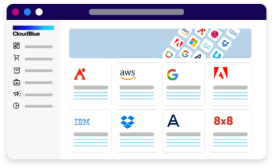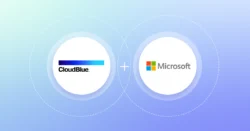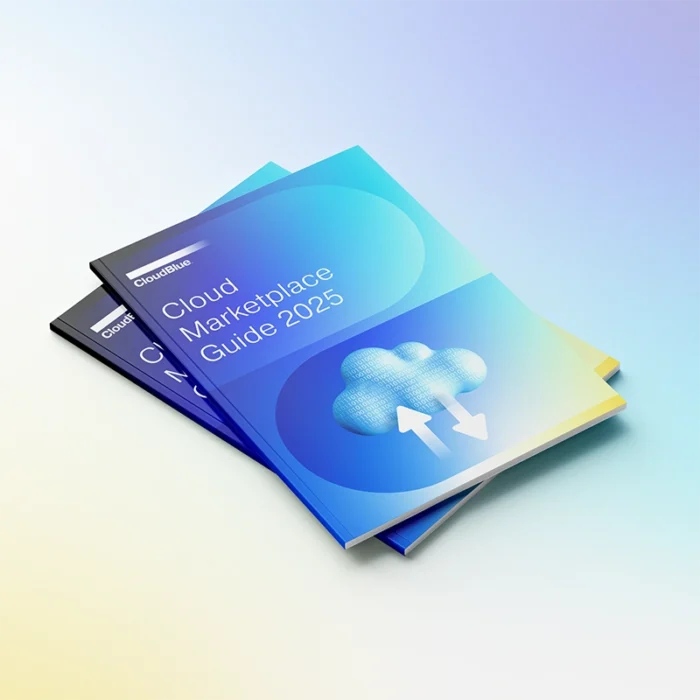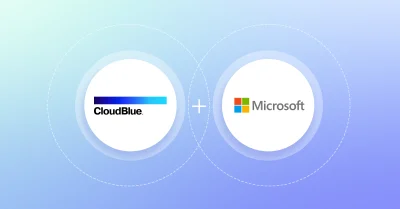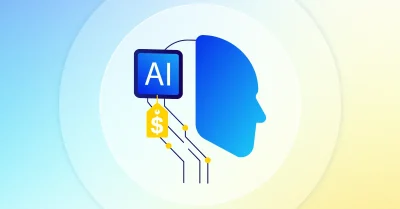Subscription models are here, and they’re here to stay. Far more than just allowing for offerings like Netflix or Spotify, the as-a-service business model is taking the B2B world by storm. In fact, the global anything-as-a-service market is set to reach an astounding $334 billion by 2024, and it’s estimated that 53% of all software revenue will come from a subscription model by 2022.
So, what is it that’s so attractive about switching to the subscription model?
Charging customers on a rolling basis, instead of a big up-front, one-time fee, allows companies to deepen their client relationships. Customers are looking to better match their bottom line costs to top-line revenue which allows them to better demonstrate the benefits of their decisions, while the level of consistency allows service providers to become a key part of their customers’ product lifecycle over time.
What’s more, subscription models allow businesses to access better insights about their customers’ product use, make more accurate projections due to recurring revenue, and leverage more opportunities to upsell different features during the customer lifecycle. The bottom line is, you’ll always find some benefits to your organization if you transition to the subscription model.
However, it’s not as straightforward as simply making the switch and reaping all of those rewards. Here are the three vital questions you need to ask yourself before making the transition.
Can a subscription model better fulfill my customers’ needs?
First of all, you must identify the problems that your customers face that can be solved by changing to a subscription model. This doesn’t have to be as tangible as “our customers can’t afford to pay the one-time cost” – it can be as simple as “our customers seek a closer relationship with the company.”
A subscription model would provide value here in both of these instances – it allows businesses to make payments more convenient for their customers as well as providing better data insights about buyer behavior, which can be used to improve customer experience.
Just take HubSpot, for example. The company offers a full stack of software for sales, marketing, and CRM, with pricing to match every potential customer. For those that need to start small but want access to more than just the free CRM, prices are as low as $45 per month. As their customers’ businesses grow and require more functionality, they can then start to add on extra services according to their needs. HubSpot recognizes the changing pricing needs of the companies that require its services, and a subscription model allows it to satisfy those needs.
In the B2C space, subscription models that cater to consumer needs are taking hold too. For example, as young people increasingly live in urban areas where owning a car isn’t necessary, car manufacturers like Volvo and Porsche have successfully adopted subscription models.
In addition to identifying why you should transition to a subscription model, you’ll also need to ask what you need to have in place to make it work best.
How can I create a seamless buying experience?
While the payment models may be complex to manage behind the scenes, your customers’ purchase experience needs to be as simple as possible, all the while being personalized to them. This means leveraging the necessary backend technology to make things run smoothly on the frontend, including digitizing the entire supply chain from marketplace connectivity, business process automation, fulfillment, and professional services automation. Not to mention, the right technology can simplify complex rating processes, reducing manual errors, and providing a better customer experience. You’ll also need to ensure you have the means to gather important customer data insights to better target their individual needs.
Businesses should also provide an excellent omnichannel buying experience, where customers can seamlessly progress from receiving a quote to renewing their subscription, no matter the platform or device. This is essential for your core offerings, third-party products, and services that complement your core offerings. McKinsey recently stated that, in the context of the pandemic, B2B omnichannel sales have become “the standard, not the exception.” According to the report, 83% of B2B leaders believe that omnichannel selling is a more successful way to secure new business than traditional approaches.
Will my subscription model keep customers sticking around?
So once you’ve got customers through the door, it’s then about providing enough value that they couldn’t imagine canceling their subscription.
Consider whether you’re able to offer integrated, bundled solutions. Many customers may be seeking a one-stop-shop for all of their needs, and if you can’t provide everything, it’ll pay to partner with other suppliers who can fulfill those needs and become part of the subscription. One good example of this comes from Spotify, which partnered with Hulu to provide a complimentary service in addition to music streaming, allowing subscribers to access both services at a discounted price.
It’s also crucial to have the right infrastructure to be able to manage the ongoing relationship with your customers, given the increase in contact and touchpoints that subscription models provide. This means having a strong CRM platform and even customer service technology like chatbots to ensure your customers never feel like they can’t get the support they need.
This is integral to successful subscription models, as it allows you to build relationships over time, laying the foundations for customer loyalty and increased investment. In fact, businesses are 60-70% more likely to sell to an existing customer than a new one, and shouldn’t overlook the value of effective upselling and cross-selling strategies. Providing those opportunities to customers to be able to upgrade or downgrade, to add or subtract additional capabilities and products – essentially on demand – will be fundamental to maintaining “stickiness” and continuously providing value.
Allowing you to deepen your relationships with your customers and offer them newfound value from your products and services, it’s simply a matter of ‘when’, not ‘if’ when it comes to following the subscription route. It’s critical for businesses to make this transition, but before you do, having a solid answer to these three questions could mean the difference between success and failure.

